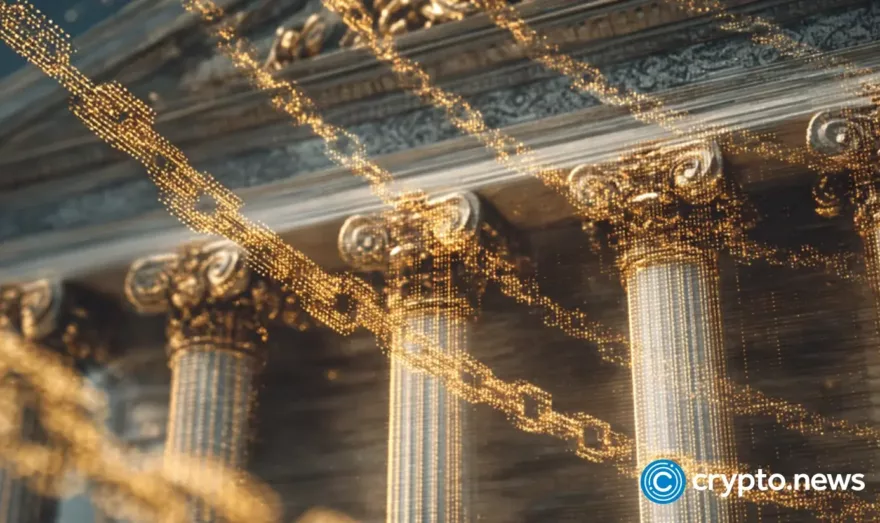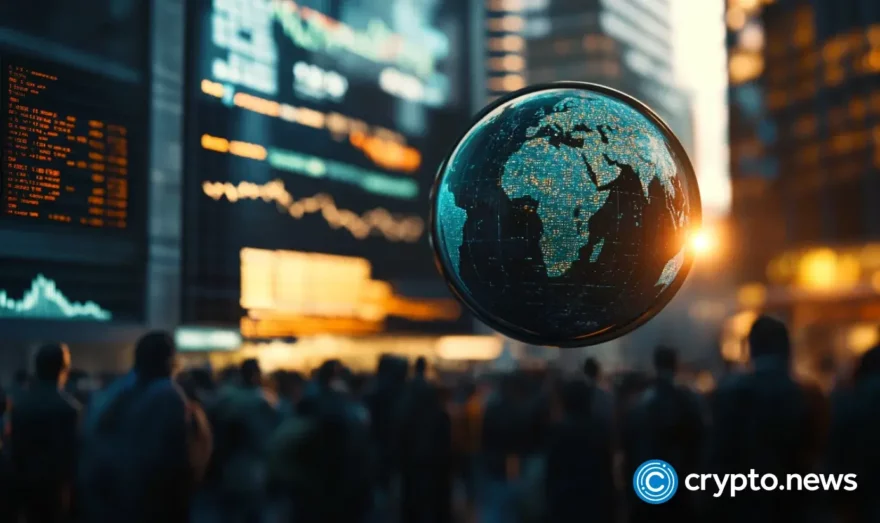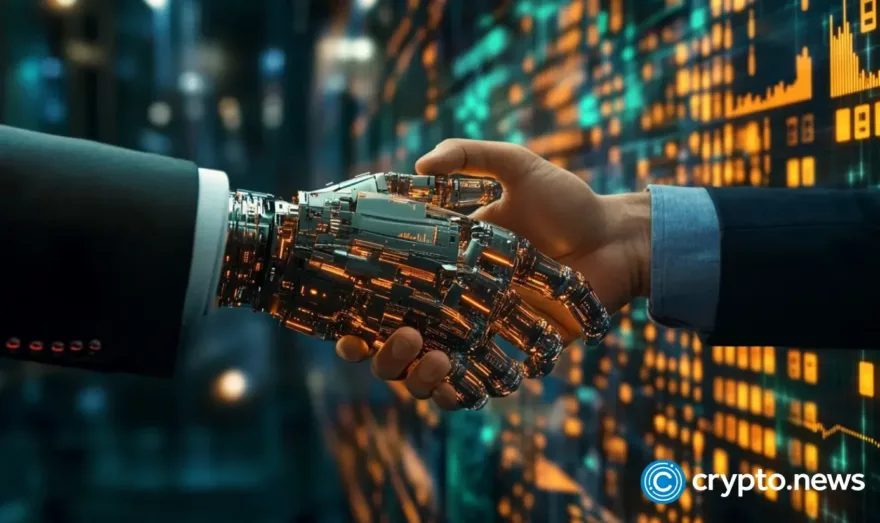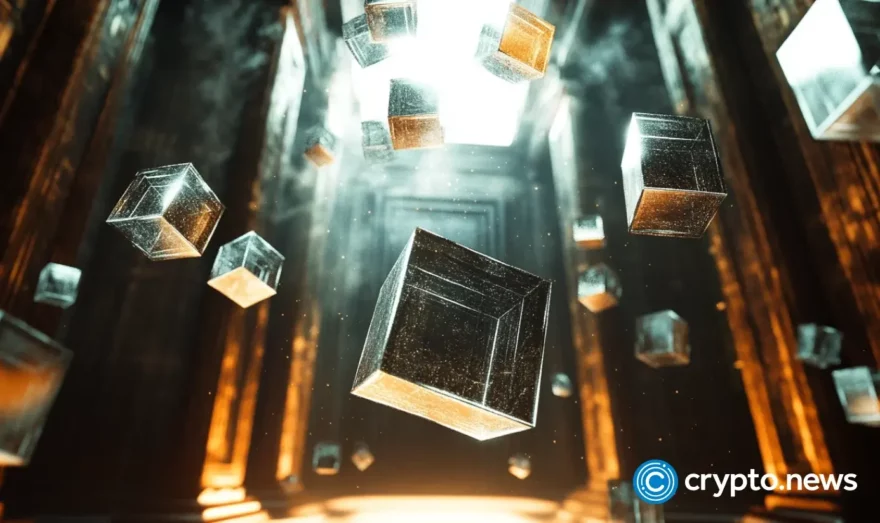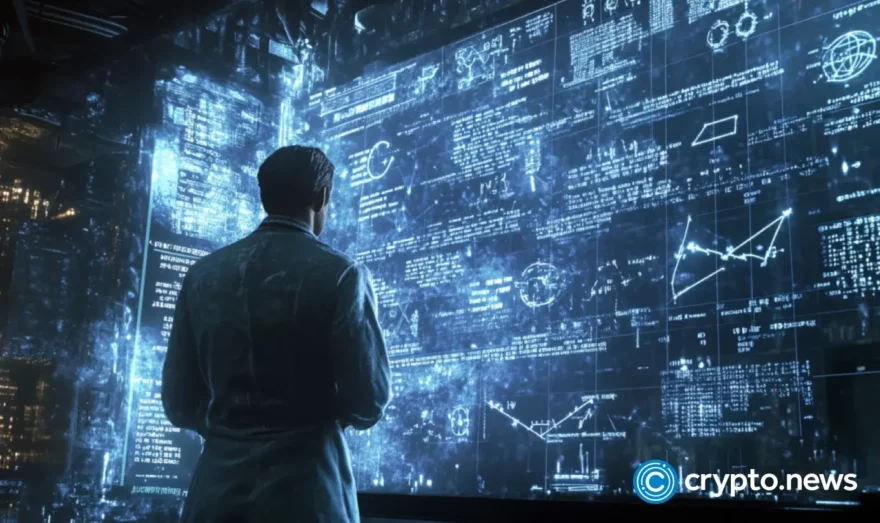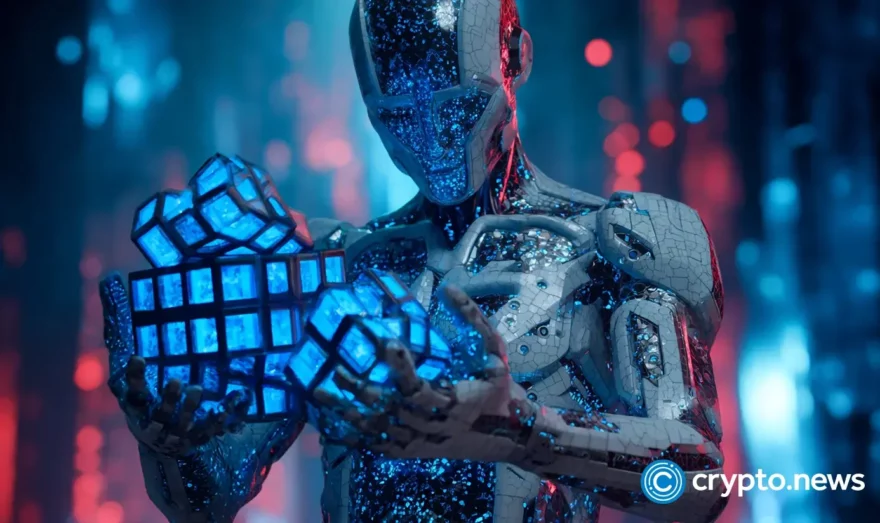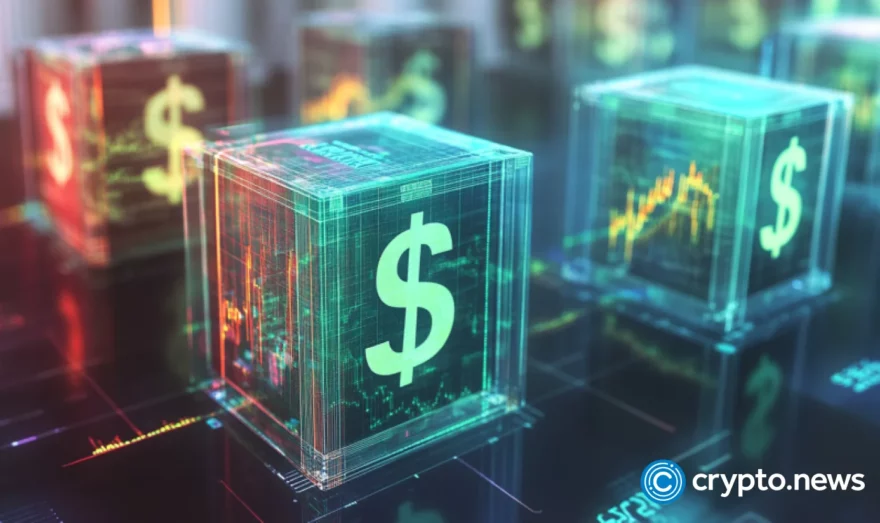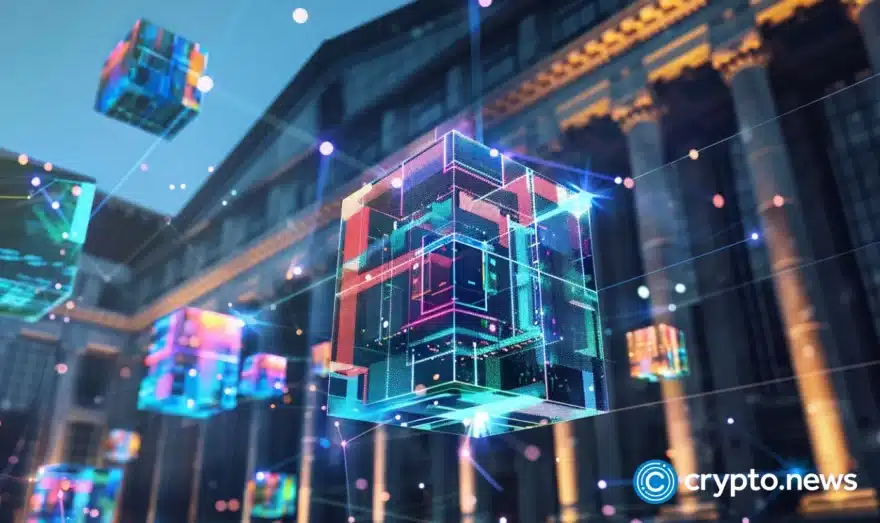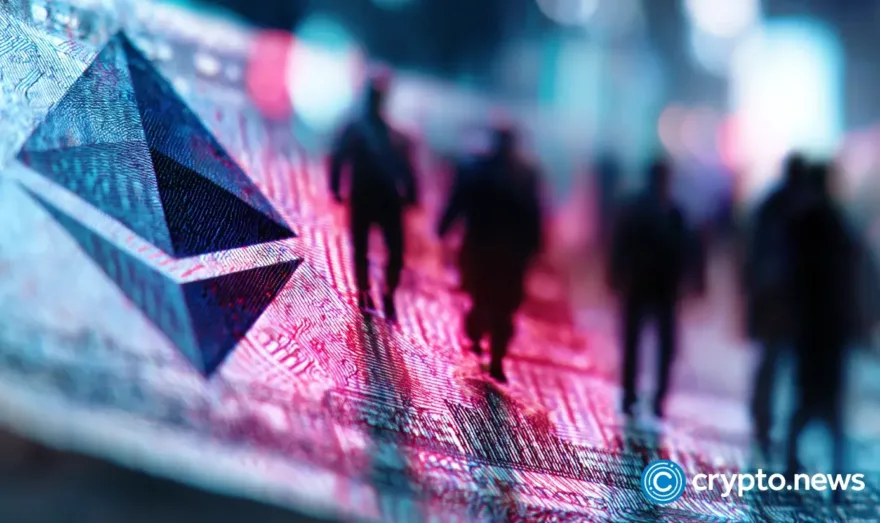Capitol Hill reveals great optimism for AI, DeAI, and crypto’s future | Opinion
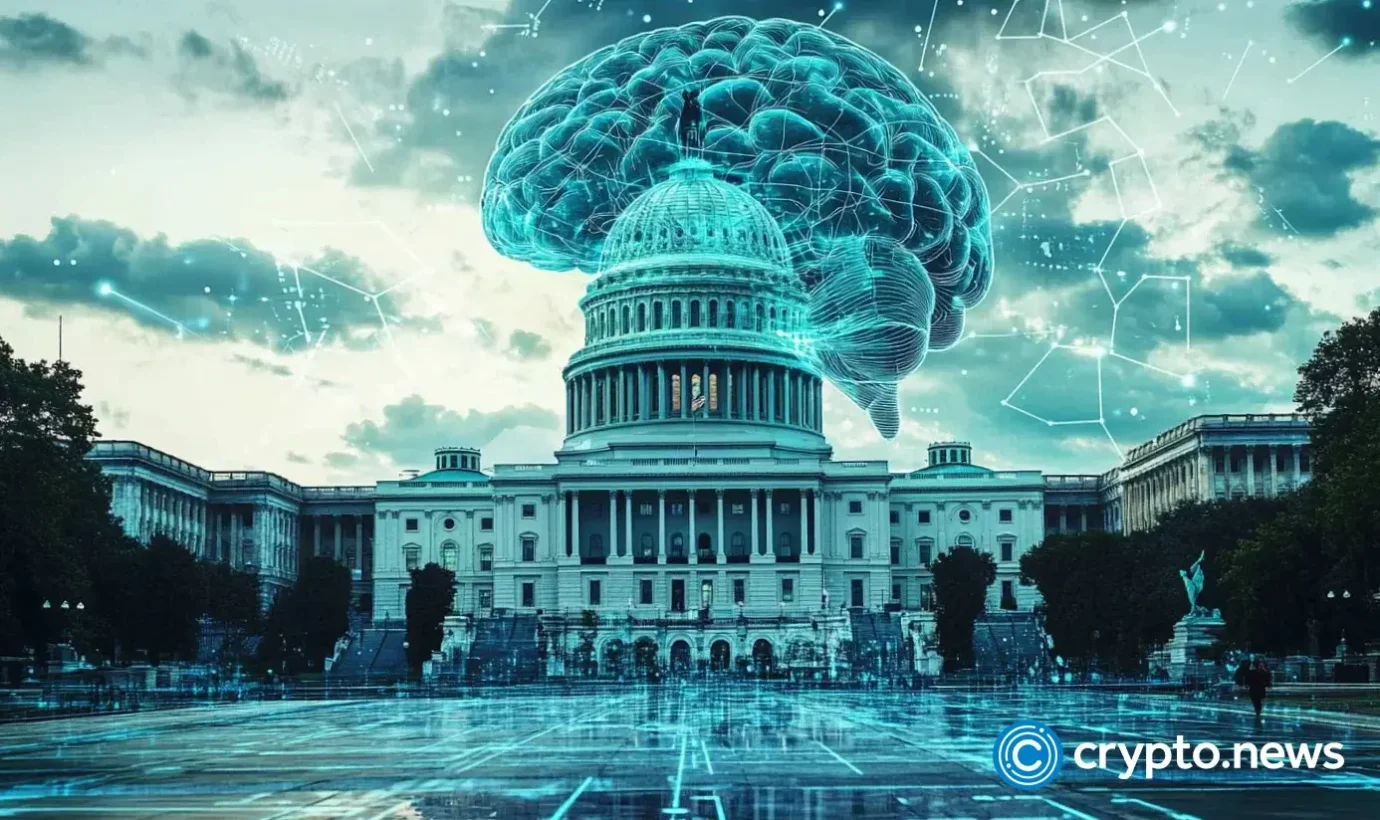
Disclosure: The views and opinions expressed here belong solely to the author and do not represent the views and opinions of crypto.news’ editorial.
Last week, I had the pleasure of representing decentralized AI on Capitol Hill with the Digital Chamber. For weeks, the news cycle has been full of optimism for the first truly pro-crypto administration to take office. My time in D.C. furthered this hope.
There are massive implications for crypto and for the larger technology sector as a whole. With a pro-crypto White House and an open-minded Congress, optimism abounds that the United States can become the “world capital of artificial intelligence and crypto,” as President Trump pledged in Davos at the World Economic Forum.
The next few months provide a precious window for the crypto and AI industries. Crypto could easily become a top three industry with decentralized AI a main driver, and that AI agents and applications can create trillion-dollar economic opportunities in America.
The most interesting learning from the trip was understanding that many Congressmembers are open to industry input on how to define key concepts in crypto and web3 as a starting point to regulate the crypto industry.
Clear legislation is the destination
During my time at the Capitol last week, exciting movements within the decentralized AI space, notably decentralized AI infrastructure and AI agents, were discussed often. AI tokens, with a cumulative market cap of over $48 billion, are the backbones of an open, accessible, and AI-native future of the internet for the next decade to come.
The surge of capital going into AI, including President Trump’s $500 billion proposed infrastructure initiative, points to high stakes and a turning point for the industry.
Yet, the US has a blank slate right now—either stick with existing frameworks that only include L1 and L2 network tokens and limit the potential of AI utility tokens—or embrace these new use cases and assets in a regulatory-compliant manner.
Currently, everyone is abuzz about executive orders. But it’s important to remember that the legislative process takes time. A major discussion point during my time in D.C. was the Financial Innovation and Technology for the 21st Century Act (FIT21) bill, which aims to provide a clear market structure framework to assess if a token is a security or a commodity.
Essentially, this is meant to answer the following questions: What is a security? What is a commodity? What is not a commodity or a security? The most straightforward methodology for categorizing tokens should be based on activities.
For example, a Layer 1 token that is designed to facilitate network activities should be categorized as a utility token. As FIT21 makes its way through the legislative gauntlet, there is a narrow window to ensure new areas of utility tokens—such as Decentralized AI and DePIN tokens—are also considered and defined as utility tokens.
Beyond commodities and securities
With the expected implementation of the FIT21 bill, clarity is finally around the corner—and some are hoping to have rules implemented by the end of this year. When lawmakers and the general public think of AI, they think of Big AI—OpenAI, Microsoft, Google, Anthropic, and other massive companies building centralized AI.
Decentralized AI has the ability to offer resources that traditional AI structures can not. Currently, resources are extremely centralized within Big AI and hard to access by new entrants and pose a threat to the future of Fair AI solopreneurs. OpenAI and Microsoft have made massive investments in servers, data centers, and network infrastructure related to training AI models. These high costs squeeze out solopreneurs and smaller teams, making it almost impossible to build AI systems without breaking the bank.
Decentralized AI infrastructure provides access to more affordable resources needed to build the future of Fair AI entrepreneurs: data, compute, open-source models, and hopefully capital, too. By incentivizing participants to share resources through decentralized networks, we can democratize access.
Anyone around the world with extra GPU space or bandwidth can contribute to AI networks and get paid by doing so, bringing costs down for those smaller teams and allowing contributors to earn by their contributions, redefining how AI is made available, funded, and built.
A return to the gold standard of innovation?
The future is here. Millions of builders will soon launch their side hustles, creating AI Agents and AI applications. They use an open-source model, power it with decentralized AI data and GPU, find a strong utility-based use case, launch a token to bootstrap liquidity and start earning income through usage and fees.
DeepSeek, for instance, now famously, reportedly spent only $10 million, relied on fewer than 200 team members, and used minimal hardware to develop an LLM that outperforms ChatGPT or Claude—showing that a more cost-effective, open-source AI model was bound to disrupt the market.
Fair AI entrepreneurs will also shape our society, create many job opportunities, and collectively create the next golden era for American entrepreneurship.
Again, in D.C., there was a palpable sense of optimism for our industry. Many lawmakers were eager to learn about AI and crypto, and several of the newer lawmakers have tech expertise and background we haven’t seen in the Beltway before. As an industry, we have a golden moment to educate the rest of the federal government.
If the US wants to remain at the forefront of AI innovation and attract top AI talent, then policymakers must provide a clear path forward to build and grow those projects here.


